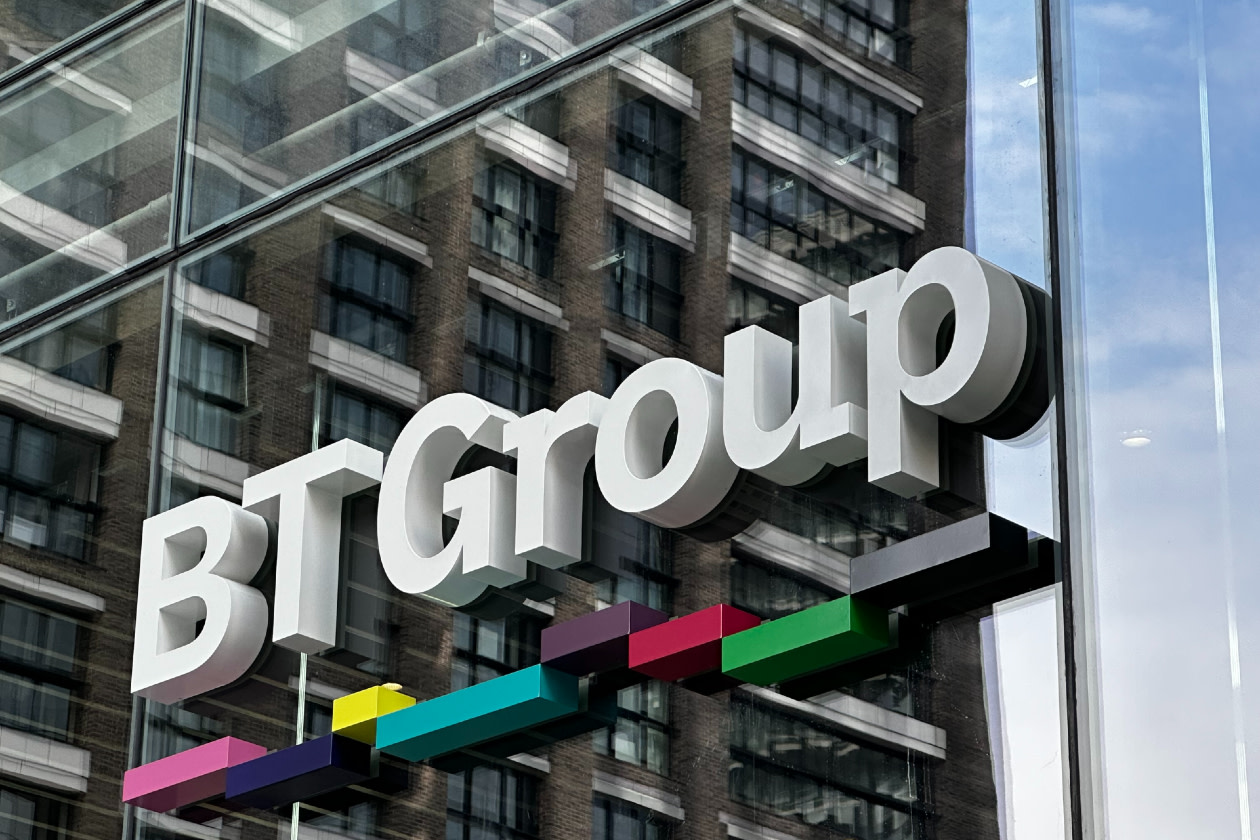BT reported a 3% drop in first quarter underlying revenue to £4.9bn, slightly worse than expected. The decline was driven by weakness in its Consumer and Business divisions, which more than offset growth in Openreach and price increases.
Underlying cash profits (EBITDA) rose 1% higher to £2.1bn, slightly better than expected , with growth driven by Openreach and a tight grip on costs.
There was no change to guidance. Underlying revenue is expected to fall to around £20.0bn, with cash profits in the £8.2-8.3bn range.
The shares rose 3.8% in early trading.
Our view
BT delivered a mixed set of first-quarter numbers, but markets were happy to reward the stock based on improving trends at Openreach.
The wider strategy involves significantly modernising and simplifying operations and product lines. That includes moving all mobile products under the EE brand and migrating customers to the new 5G and fibre broadband networks, which have lower running costs than legacy infrastructure. Fewer repairs have also helped boost profits.
Cost cuts remain a long-term focus, with a further benefit coming from reduced investment now that peak spending on the massive infrastructure buildout has passed. That’s good news for future cash flow and the valuation, which has been under pressure for some time. Once the infrastructure is built and widely adopted, a much leaner operation is needed to drive long-term growth.
The asset we’re most excited about is Openreach, which is responsible for maintaining and building the new fibre networks. It hopes to reach 25mn premises by the end of 2026 and looks well on track.
This technical-heavy business is unique and higher margin. For now, though, legacy broadband lines still make up the bulk of its connections, and increased competition from alternative networks, along with a softer market, are causing Openreach to lose customers.
Still, first-quarter line losses painted a better picture than we’ve seen in some time, and there’s hope we may have reached a turning point - though it’s early days.
The Business division remains the problem child. Structural changes, rising costs, and a tough competitive landscape make it a difficult area to operate in. Cash flow margins also lag well behind those of the Consumer and Openreach units. We’d like to see BT explore options to exit some of the underperforming operations outside the UK - one to watch.
A major drain on cash is BT's large pension deficit. The current payment plan, which aims to remove the deficit by 2030, cost around £800mn last year. Add to that the debt and lease pile, which cost another £1.7bn to service, and the total drags on cash are hefty.
BT’s future relies heavily on getting through this major buildout phase, and to its credit, progress looks good. We think BT is one of the better-placed names, especially with a great asset like Openreach on the books. The question yet to be answered is whether all that spending is going to generate enough top-line growth to materially offset the decline of legacy products, a challenge for the entire sector to battle with.
Environmental, social and governance (ESG) risk
The telecom industry is low/medium in terms of ESG risk. Data privacy and security is the most significant risk driver, not only because customers are increasingly concerned about privacy, but also because cybersecurity breaches can be costly. Product quality is another key risk, particularly given the networks they manage are considered critical infrastructure. Carbon emissions, human capital and business ethics are also risks worth monitoring.
According to Sustainalytics, BT’s overall management of material ESG issues is strong.
BT follows strict security measures to protect personal data and has 3,600 cybersecurity employees. Greenhouse gas reduction policies are strong, including net zero alignment, emissions reduction coverage, audits and verification. BT scores well on board structure, shareholder rights, remuneration, audit and financial systems, and stakeholder governance.
BT key facts
All ratios are sourced from LSEG Datastream, based on previous day’s closing values. Please remember yields are variable and not a reliable indicator of future income. Keep in mind key figures shouldn’t be looked at on their own – it’s important to understand the big picture.
This article is not advice or a recommendation to buy, sell or hold any investment.No view is given on the present or future value or price of any investment, and investors should form their own view on any proposed investment.This article has not been prepared in accordance with legal requirements designed to promote the independence of investment research and is considered a marketing communication.Non - independent research is not subject to FCA rules prohibiting dealing ahead of research, however HL has put controls in place(including dealing restrictions, physical and information barriers) to manage potential conflicts of interest presented by such dealing.Please see our full non - independent research disclosure for more information.


